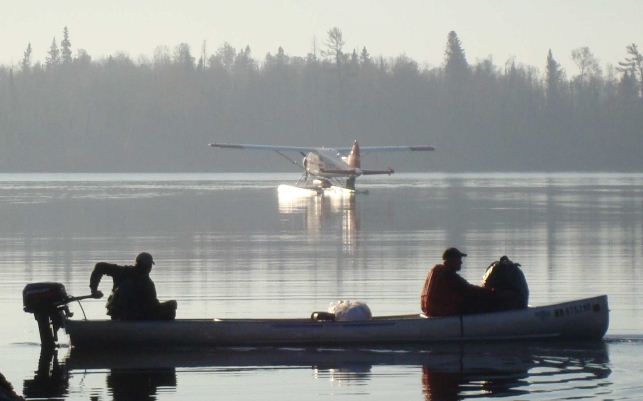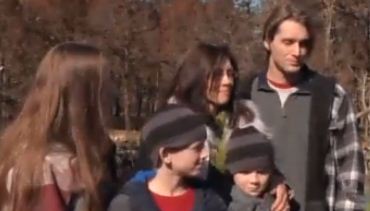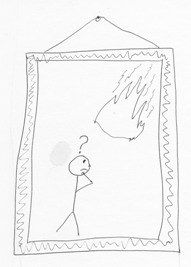
We all hate paying for something and then not receiving what we paid for. That is what is happening now to taxpayers who pay for government-funded research and then have no access to the findings.
We have ranted about this before, and documented another example a few days ago when we discovered that it will cost us $41 to obtain a copy of the findings from research conducted by the University of Georgia. Associate Professor Luke Naeher and others found that lung function decreases for firefighters who work on prescribed fires for multiple days and are exposed to smoke. Further, it showed that respiratory functions slowly declined over a 10-week season.
This is not the only research that has explored the effects of smoke on wildland firefighters, but it may significantly add to the limited body of knowledge we have on the topic. We won’t know, however, unless we pay a second time in order to see their conclusions.
Researchers at some organizations receive pay raises and promotions based partially on the “publish or perish” meme. A system that requires researchers to publish in journals that are not completely open to the public, is antiquated and has no place in 2011 when a paper can be published in seconds on the internet at little or no cost.
Some of the research that has been conducted on firefighters requires a great deal of cooperation from the firefighters, including for example, ingesting core temperature monitors, carrying a drinking water system that monitors every drink they take, and even lubricating and then inserting a rectal thermistor probe attached to wires.
The Boycott
There is no reason for firefighters to go to extreme lengths to help researchers advance the researcher’s career paths unless the firefighters can receive some benefits from the project. So, we are jumping on the idea proposed by Rileymon in a comment on the University of Georgia article:
Maybe it’s time to suggest that firefighter/research subjects boycott new research studies unless the findings are put into the Public Domain?
Here is what we are proposing:
- Firefighters, administrators, and land managers should not cooperate with researchers unless they can be assured that findings from the research will be available to the public at no charge immediately following the publication of the findings, or very shortly thereafter.
- Researchers should conform to the principles of Open Access.
- Scientists who assist in the peer review process for conferences or journals should pledge to only do so only if the accepted publications are made available to the public at no charge via the internet.
More information:
- Study: firefighters’ lung function decreases after exposure to smoke. December 9, 2011
- Taxpayer funded research should be available to taxpayers. October 21, 2011
- The myth of drinking water. October 27, 2011
- Cancer risk and smoke exposure among wildland firefighters. August 23, 2010
- Public access to taxpayer-funded wildfire research. August 2, 2009
- New study: climate influences AND drying of fuels are most significant. July 2, 2009
- Alliance for Taxpayer Access
- U.S. Government’s Office of Science and Technology Policy — Request for Information: Public Access to Peer-Reviewed Scholarly Publications Resulting From Federally Funded Research







